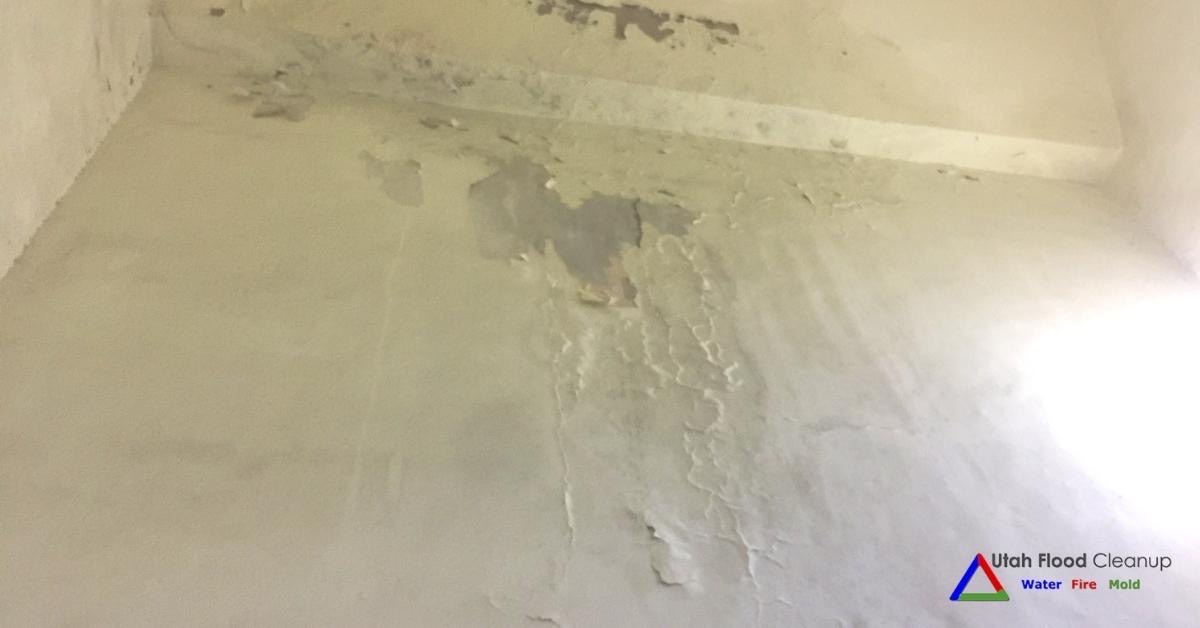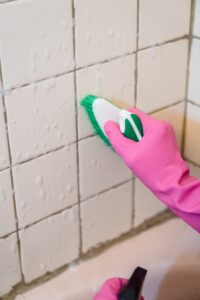Do you find yourself searching for critical info concerning Indicators of Water Damage Behind Walls?

Water discolorations on wall surfaces are not positive to the eyes. Occasionally it appears virtually unpreventable to experience water discolorations on wall surfaces in residences.
House owners residing in humid areas continuously handle the fear of water discolorations on wall surfaces. That doesn't have to be the instance for you. With all-round as well as accurate information on the sources of water discolorations as well as prompt fixing procedures, you will constantly be an action ahead of such occurrences. So, this article assures to be a valuable guide for you.
3 Typical Causes of Water Spots on Walls
In contrast to popular belief, water spots on walls do not always originate from bad structure products. There are several root causes of water stains on wall surfaces. These include:
Damp
When warm moist air meets dry cool air, it triggers water beads to form on the wall surfaces of buildings. When there is vapor from cooking or showers, this happens in washrooms and cooking areas. The water beads can stain the bordering walls in these parts of your home as well as infect other areas.
Damp or condensation impacts the roof covering and walls of structures. This creates them to appear darker than other locations of the residence. When the wall is wet, it creates an appropriate atmosphere for the development of microbes and fungi. These may have negative results on wellness, such as allergies as well as breathing problems.
Poor Water drainage
When making a building plan, it is important to make certain adequate drainage. This will certainly protect against water from permeating into the walls. Where the drain system is obstructed or nonexistent, below ground dampness accumulates. This links to excessive dampness that you observe on the wall surfaces of your structure.
The leading cause of wet walls, in this case, can be a poor drainage system. It can also be due to inadequate monitoring of sewer pipelines that run through the building.
Pipe Leaks
Most homes have a network of water pipelines within the wall surfaces. It always enhances the viability of such pipelines, as there is little oxygen within the wall surfaces.
Yet, a drawback to this is that water leakage affects the wall surfaces of the structure and causes prevalent damages. An indicator of defective pipes is the appearance of a water tarnish on the wall surface.
Pro Suggestion
A houseplant in your home also raises its moisture. If the house is currently damp, you may want to present houseplants with very little transpiration. An example of suitable houseplants is succulents.
Water Discolorations on Wall Surface: Repair Work Tips
Homeowners would normally want a quick fix when dealing with water discolorations. Yet, they would certainly soon realize this is disadvantageous as the water spots recur. Here are a couple of useful pointers that will guide you in the repair service of water stains on wall surfaces:
Verdict
Although no one wishes to have water discolorations on walls in their home, it can happen to the very best people. This short article provides you utilize, as you currently know how to manage this incident if it does take place.
It is always best to recruit expert solutions to aid deal with the damages in your home.
In some cases it appears nearly unpreventable to experience water discolorations on wall surfaces in homes.
Contrary to popular belief, water spots on wall surfaces do not constantly stem from inadequate structure products. There are numerous reasons of water stains on walls. The water droplets can stain the bordering wall surfaces in these components of your residence and also spread to various other locations.
Here are a few helpful tips that will direct you in the repair work of water spots on walls:
CHECKING FOR WATER DAMAGE
Water damage can be costly, and it may begin before you even notice the first signs of trouble. Water damage can cause mold and mildew in your walls and floors, which can create an abundance of health concerns for your family. It can also lead to costly repairs of various appliances and general home fixtures. To avoid the pricey consequences of water damage, here are Warner Service’s top 5 places you should check:
The walls – The easiest place to spot the beginnings of water damage is on the walls and ceilings of your home. If water damage is present, there will most likely be water stains, especially around the windows and doorframes, and/or cracks in the drywall. If a stain looks unusual (discolored to brown, black or gray, raised texture), has a swollen appearance or is soft to the touch, contact a professional immediately. The pipes – To avoid water damage, consistently check the pipes in your kitchen (especially the dishwasher and ice maker), bathrooms, laundry room (specifically washing machines) and basement for corrosion, leaks and water stains. Pay special attention to where the pipes connect in your home and the location of caulking around the bathroom fixtures, including toilets, sinks, showers and tubs. Missing or loose caulking and grout could be signs of leaking water. This seepage can also quickly cause mold and rust, so double check your water heater and tank for wet spots on the floor. The floor – Water damage is very easy to spot on the floor. Look for any warping or buckling of the material, especially in the basement. If your home has wood flooring, look for bright white or dark stains. If your home has carpeting, keep it dry and clean. A damp carpet that smells of mold could cause water damage and health problems. To avoid this, consider installing floor pans under your appliances to help prevent damages from small, slow and undetected leaks. The basement and attic – If your basement or attic smells odd check for mold and mildew around the area, especially the valley where the roof meets. While you are inspecting those areas, check for wall cracks, floor stains, rust and dampness in the insulation. If you live in a colder and/or rainier climate, perform routine checks for water damage from melting snow or ice and rain. The exterior – Check the roof for damaged flashing and missing, cracked or curled shingles. There should also be no standing water anywhere outside your home. This could be caused by puddles, leaky rain gutters or hoses, poor drainage, or short gutter spouts. Invest in a sump pump system or water flow monitoring system, and perform routine maintenance on these outdoor appliances to avoid indoor water damage.

I stumbled upon that piece about while surfing around the internet. Loved our content? Please share it. Help others check it out. Bless you for your time. Please check up our blog back soon.
Schedule Here
 Joseph Mazzello Then & Now!
Joseph Mazzello Then & Now! Lark Voorhies Then & Now!
Lark Voorhies Then & Now! Katie Holmes Then & Now!
Katie Holmes Then & Now! Michael C. Maronna Then & Now!
Michael C. Maronna Then & Now! Stephen Hawking Then & Now!
Stephen Hawking Then & Now!